Lo Shu – The Lo River Map
The Lo River Map introduced a new level of mathematical deduction and significance. First it removed the odd-even placements of numbers that were in the Yellow River Map. Secondly it removed the sequential presence of the planet (5 stages) sequential positioning. Thirdly it placed the trigrams in new places. This were all big changes.
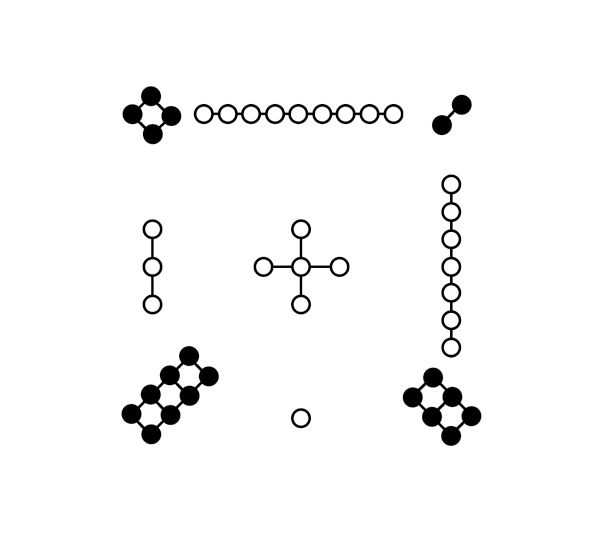
The Lo River Map started with a different arrangement of the numbers. No longer were they placed according to their odd or even nature. They were now placed in the order of the magic square of 15.
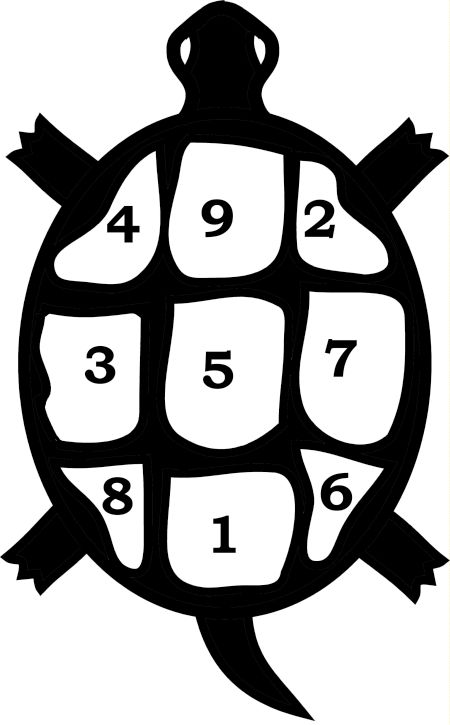
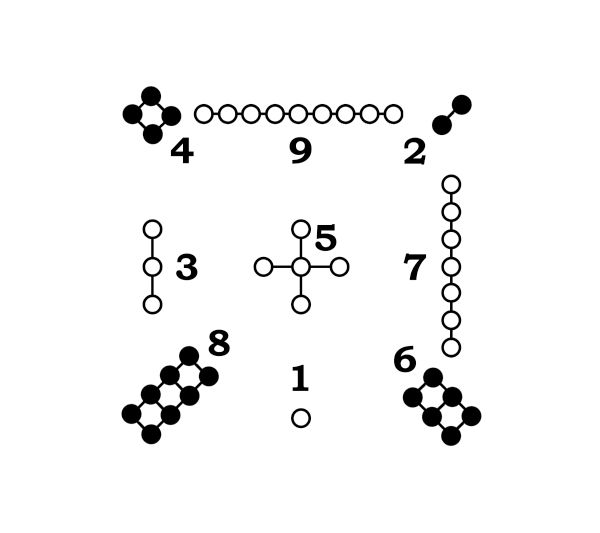
A magic square will add up to the same number when totaled horizontally, vertically and diagonally.
In this square there are nine numbers which will keep an association to the Great Plan (Shu King) of nine conditions for government. But there is no drawing of the number 10.

Mathematics has become the dominant factor in determining the correspondences. The elemental stages, were now considered as elements rather than planetary functions and their placement was based on the numbers. There as an uneven inclusion of elements. Three were in the wheel twice, and two were in the wheel once. In this way the five elements were able to occupy the eight places.
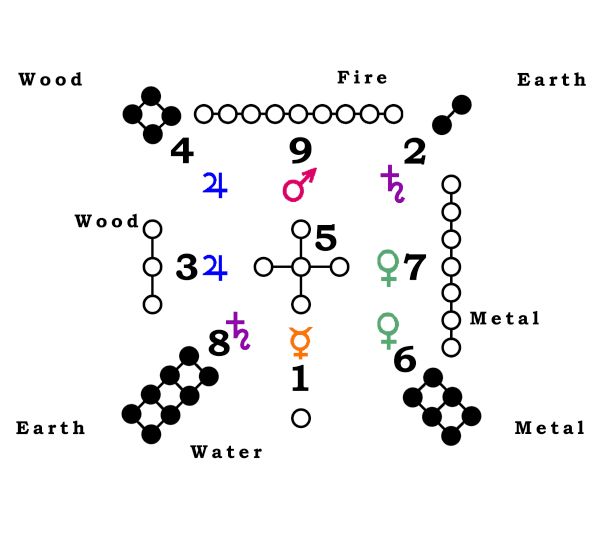
The planets or elemental stages no longer have sequential relevance.
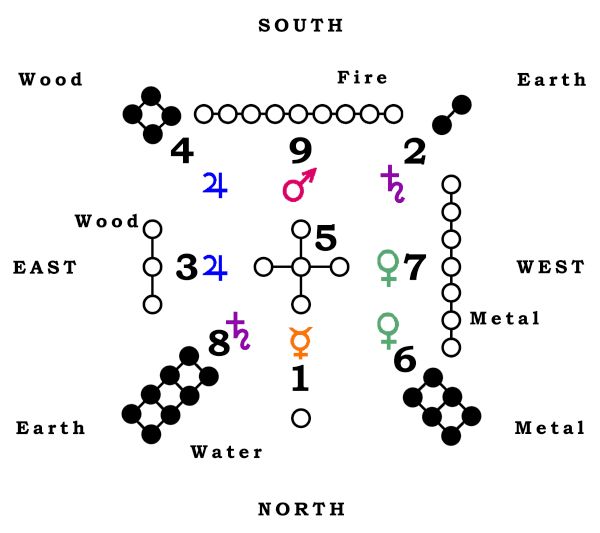
The North, East, West and South directions were added to the map with relevance from the mathematical positioning.
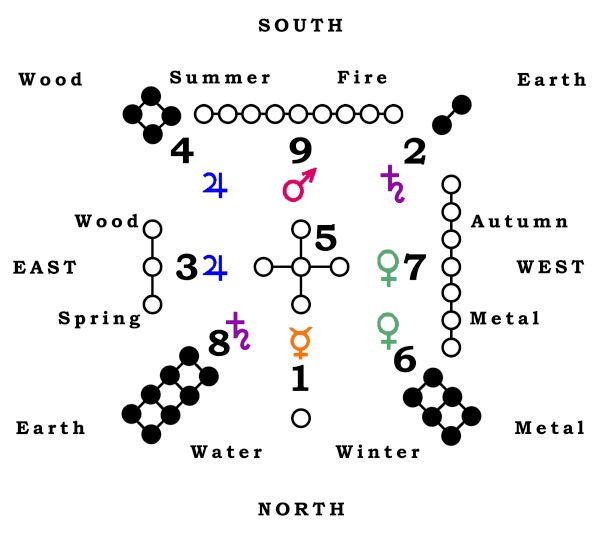
Spring, Summer, Autumn and Winter were placed to correspond with the East, South, West and North directions. This created another obscurity and greater distance from the phases. The four seasons are phases of a cycle. They are not points on a circle, but it was set up like this was and continued as such.

The Eight Trigrams were then added as directions rather than phases. They could be used as independent factors linked by numbers. New association were formed, but many older and more natural associations were lost.
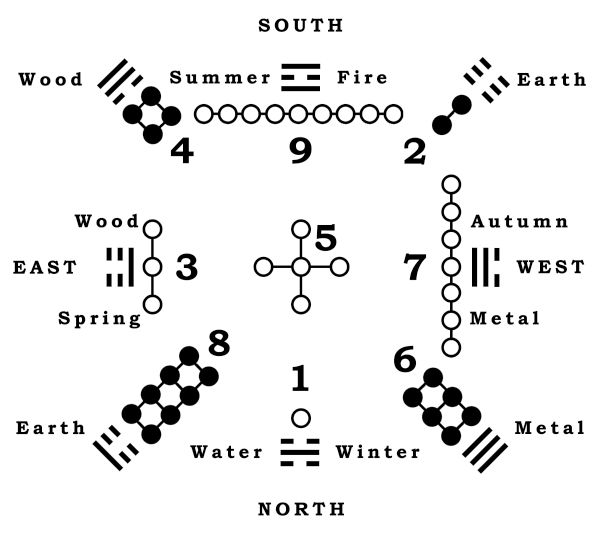
To supplement this loss a system of divination by yarrow stalks was developed with mathematical associations. It allowed one to ask a question and get a number for a hexagram.
(The numbers for the hexagrams were also changed from a sequential positioning and numbering to a random collection of opposites which determined the new hexagram numbers.)
The focus became getting an answer to a question rather than gaining insight from a relevant phase of a planet. The process became based on random mathematics rather than the natural sequence of events represented by the original sequence of trigrams.
An era of mathematical association, symbolical implications, and abstract thinking came into being for the symbol minded generations to follow. With these changes the I Ching moved further away from astrological and nature based experiential association.
